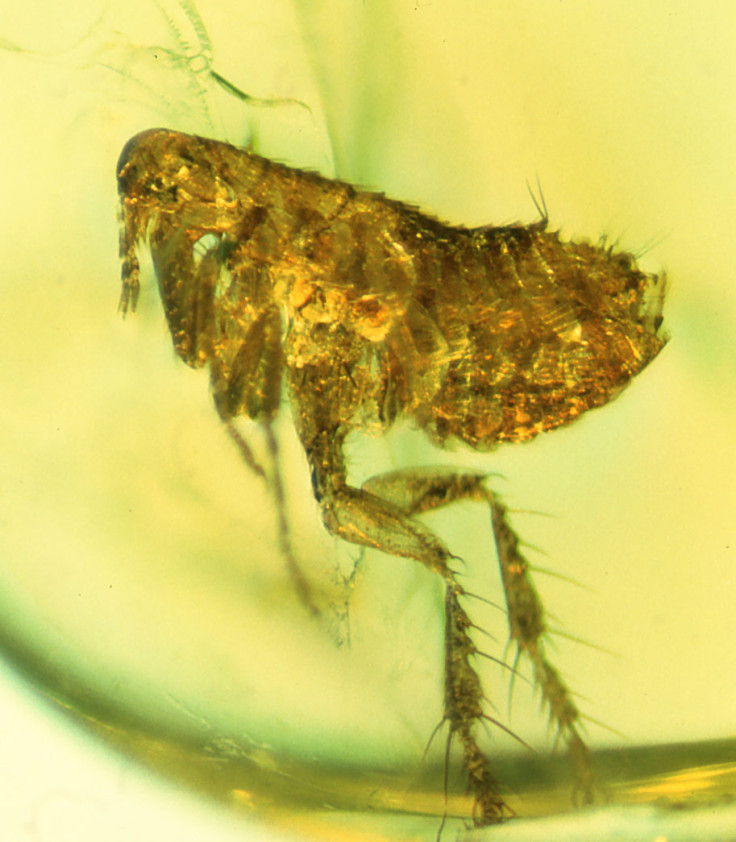20 million-year-old amber-encased flea holds oldest evidence of bubonic plague

A flea encased in amber 20 million years ago has revealed the oldest evidence of the bubonic plague. The single flea was found to have tiny bacteria on it – with analysis suggesting it is an ancient strain of the plague, which is estimated to have killed 60% of the population of Europe in the 14th century.
Scientists cannot definitely say if it is related to the bubonic plague bacteria (Yersinia pestis) because of the bacteria's age, but its size, shape and characteristics all point to it being related to the plague. The find suggests the disease predates humans and has been around for far longer than previous thought – genomic studies suggest the flea-plague-vertebrate cycle began around 20,000 years ago.
A team from Oregon State University said there are several strains of Yersinia pestis known today and evidence suggests past outbreaks were caused by even different strains, of which some have gone extinct. Publishing their findings in the Journal of Medical Entomology, study author George Poinar said while the human strain of the bubonic plague may well have evolved between 10,000 and 20,000 years ago, earlier strains could have appeared far earlier.

"If this is an ancient strain of Yersinia, it would be extraordinary," Poinar said. "It would show that plague is actually an ancient disease that no doubt was infecting and possibly causing some extinction of animals long before any humans existed. Plague may have played a larger role in the past than we imagined."
Flea-like animals date back to the age of the dinosaurs and are thought to have played a role in the extinction of ancient reptiles. Bubonic plague can kill a huge range of animals and is still found in a number of countries.
The amber-entombed flea was found in mines in the Dominican Republic. Millions of years ago, the area would have been covered in a tropical forest. Poinar said few fleas have ever been found preserved in amber and none have ever been reported with associated microorganisms.
"Since the dried droplet with bacteria is still attached to the tip of the proboscis, the flea may have become entrapped in resin shortly after it had fed on an infected animal," he explained. "This might have been one of the rodents that occurred in the Dominican amber forest. Rodent hair has been recovered from that amber source."
© Copyright IBTimes 2025. All rights reserved.






















